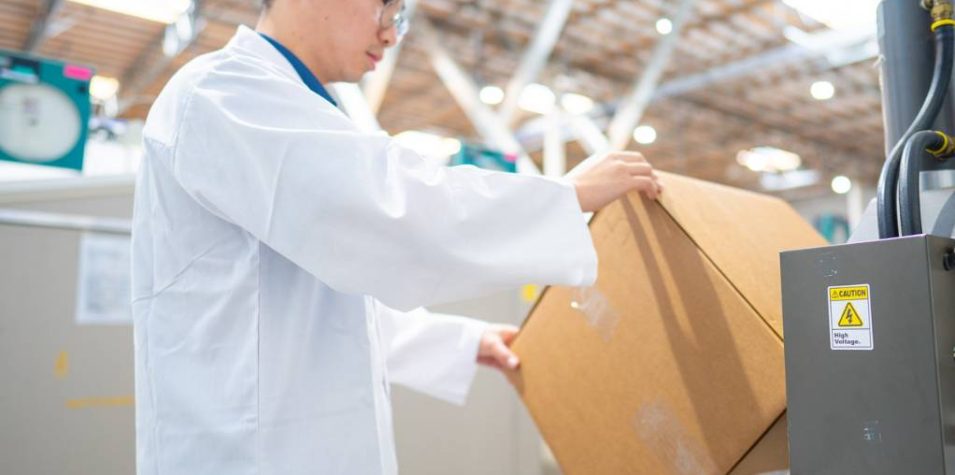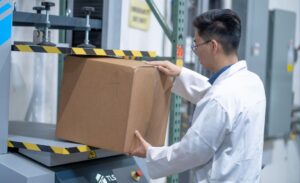Are you preparing to launch a new medical device to market? While you may have anticipated most of what will be needed for a successful launch, do not overlook packaging needs and requirements. Otherwise, you could potentially underestimate the time, effort and testing necessary to guarantee the safe delivery of your valuable medical device to end users.
Understanding the full packaging process and requirements can set you up for success. Communicating with your package manufacturer is key for a seamless and successful outcome.
Medical Packaging Design Guidance Questions and Checklist
Life Science Outsourcing (LSO) is here to help make the entire process easier and faster. We created a packaging planning checklist that can be an invaluable aid in anticipating the necessary requirements for your sterile packaging, thereby facilitating a smooth product launch. Whether you choose to collaborate with the LSO team to ensure compliance with ISO 11607 for validating sterilized medical device packaging or are interested in LSO’s contract packaging services, utilizing our packaging checklist can help you achieve your product launch objectives.
Before viewing the checklist (link at the end), take time to add the following to your product launch due diligence:
- Package design considerations
Various factors should be considered to determine the most appropriate packaging design solution. These are critical to the final success of your packaging decisions going forward and can include:
- Device dimensions
- Weight and materials
- Special regulatory requirements
- Sterilization compatibility
- Temperature and moisture issues for the device
- If multiple or combination layers are necessary
- Where and how it will be stored
- Label requirements
- Pre-validated packaging
Custom packaging can add more time and cost to your packaging process. Depending on your device, pre-validated packaging options may be a way to get to market faster and under budget. Orthopedic device manufacturers often find these to be viable solutions. These pre-validated packaging options have already undergone necessary testing to protect a device and ensure a robust sterile barrier, as well as known ability to withstand the sterilization process. Examples include:
- Tyvek lids
- Tyvek/poly pouches
- Header bags
- Poly/poly bags
- The right customized solutions
Customized packaging is designed to specifically fit your device and its dimensions and must meet compliance requirements while being reliable during storage and transit. The process to identify ideal packaging customization for your specific product may add more time to your project. Be prepared to work closely with your packaging partner to ensure primary packaging meets your needs, while also achieving necessary standards.
- A reliable packaging partner
While many companies hope to uncover efficiencies and the ability to do more in-house, it is not always an optimal solution. Handling your own packaging can create more unpleasant issues and delays down the road if your team does not have the requisite knowledge to manage the machinery. The equipment itself also requires routine maintenance that your team may not have experience or capability to tackle. This is where a reliable packaging partner comes in and can work together with your team to design and validate packaging that meets all regulatory requirements.
The Medical Package Design Checklist
After reviewing the above and considering your ideal approach, you’ll be ready to work through our easy-to-use checklist. You can even print it out for future reference. The medical package design process can seem intimidating at first, but with careful planning, the right information, and the right packaging partner, you’ll be launching in no time.
Looking for more information on medical packaging? Read Medical Package Testing: Anatomy of a Protocol.
Start up. Speed up. Scale up. Founded in 1997, Life Sciences Outsourcing is an FDA-registered and ISO 13485-certified organization with services and capabilities spanning the entire medical device product life-cycle – from turnkey manufacturing, testing, validation, and sterilization to precision packaging, fulfillment, and distribution. Email us at info@lso-inc.com or call (714) 672-1090 today to get started.





